Research
Search our website
Search our website by entering a keyword or choose a database above to search specifically.
Search
Showing search results 3,981 - 3,990
14,512 results found

Nail extractor
Nail puller is a general term for different levers and pliers for pulling
out nails. The heavy versions are used by the shipwright, the lighter ones
mainly to open boxes. The lever can be compared to the crowbar. For the
same purpose the pincers or claw hammer are used by the carpenter. [MOT]

Mason's trowel
Hand tool for mixing, shoveling and spreading mortar over stones, walls,
floors, ceilings, etc. It is also used to chop off stones and to collect
the falling mortar during grouting. It consists of a rounded or pointed
metal blade attached to a short straight handle with a bent stem. The blade
is usually quite large (approx. 16-19 cm / 10-15 cm), in contrast to the
blade of the plasterer's trowel. [MOT]

Mustard spoon
A small (approx. 10-15 cm long), spherical (approx. 1.5 cm diameter) wooden
spoon with which mustard powder can be served (1). For serving mustard in
pasta form, there are wooden, bone, ceramic, metal mustard spatulas or
spoons. [MOT] (1) According to CAMPBELL: 126, this spoon is used as a salt
spoon.
Nave borer
The description of the nave borer can only be consulted in dutch.

Nail driver
With the nail driver you can drive small nails without a hammer. It
consists of a metal hollow shaft with spring mechanism that sticks into a
wooden or plastic handle. The nail is inserted into the hollow shaft. By
giving a firm blow to the head - which is wider and rounded - by hand, the
nail goes into the material in one movement. [MOT]

Mustache brush
This text can only be consulted in Dutch
<https://www.mot.be/resource/Tool/mustache-brush?lang=nl>

Mussel knife
This text can only be consulted in Dutch
<https://www.mot.be/resource/Tool/mussel-knife?lang=nl>

Mitre plane
This text can only be consulted in Dutch
<https://www.mot.be/resource/Tool/mitre-plane?lang=nl>

Nose twitch
The nose twitch consists of a wooden stick - sometimes made of plastic - of
about 50 cm with a hole at one end through which a loop of rope
(exceptionally a chain) protrudes. The tool is used as a means of coercion
to divert the attention of a horse during disturbing (eg eye care) or
painful procedures and to induce a calming and sedative effect (cf. humane
twitch). With the left hand, the loop is brought over the upper lip of the
animal, with the right, the loop is tightened. The same implement is used
on cattle, but on an ear (1). [MOT] (1) BERTHELON: 13.

Mop
This text can only be consulted in Dutch
<https://www.mot.be/resource/Tool/mop?lang=nl>








